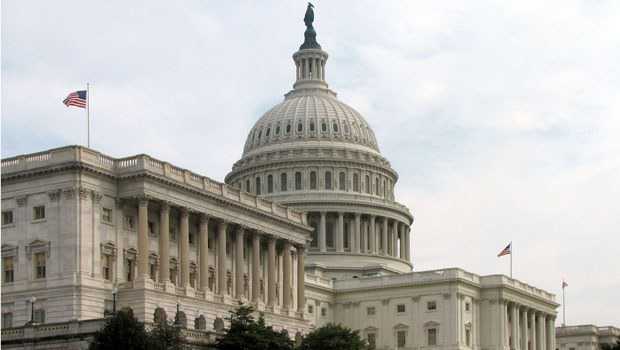By Jeff KearnsBloomberg.com: Worldwide
Jan. 20 (Bloomberg) — The Dow Jones Industrial Average fell 14 percent between Barack Obama’s election and Inauguration Day, the biggest decline ever. The second-biggest drop gave way to a 75 percent rally in 1933.
The CHART OF THE DAY compares the Dow’s retreat since Nov. 4 with the 13 percent slide between Franklin D. Roosevelt’s election and his inauguration on March 4, 1933. The red line goes on to show the Dow’s surge during FDR’s first 100 days. No other new president since the beginning of the last century produced gains or losses of 10 percent or more in the analogous periods.
“Obama is realizing the historic parallels,” said Richard Sylla, an economic and financial historian at New York University’s Leonard N. Stern School of Business in New York. “The situation isn’t quite as serious as the 1930s but it’s serious enough that I expect Obama to take a page from FDR’s book to restore some of the confidence that’s been shattered.”
Obama becomes president today during the most severe economic crisis since Roosevelt was sworn in 76 years ago. Like his fellow Democrat, Obama plans to create jobs and boost the economy by investing in roads, bridges and public buildings and increasing oversight of the securities industry.
Stock exchanges closed for more than a week when FDR declared a bank holiday and enacted reform days after becoming president. The Dow jumped 15 percent on the day markets re- opened.
The Dow average declined 187.25 points, or 2.2 percent, to 8,093.97 as of 1:12 p.m. in New York.
To contact the reporter on this story: Jeff Kearns in New York at [email protected].
Last Updated: January 20, 2009 07:09 EST


Leave a Reply